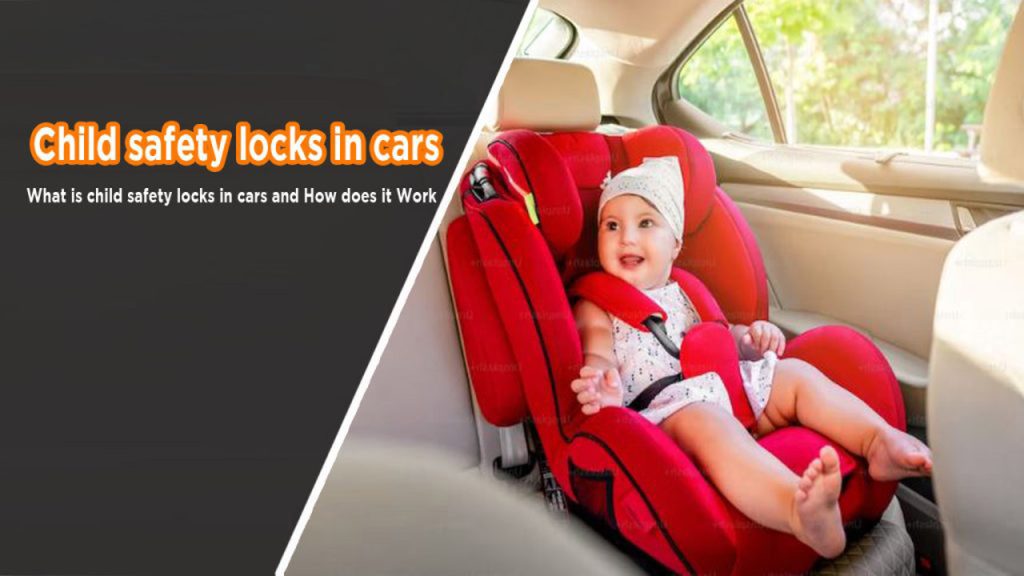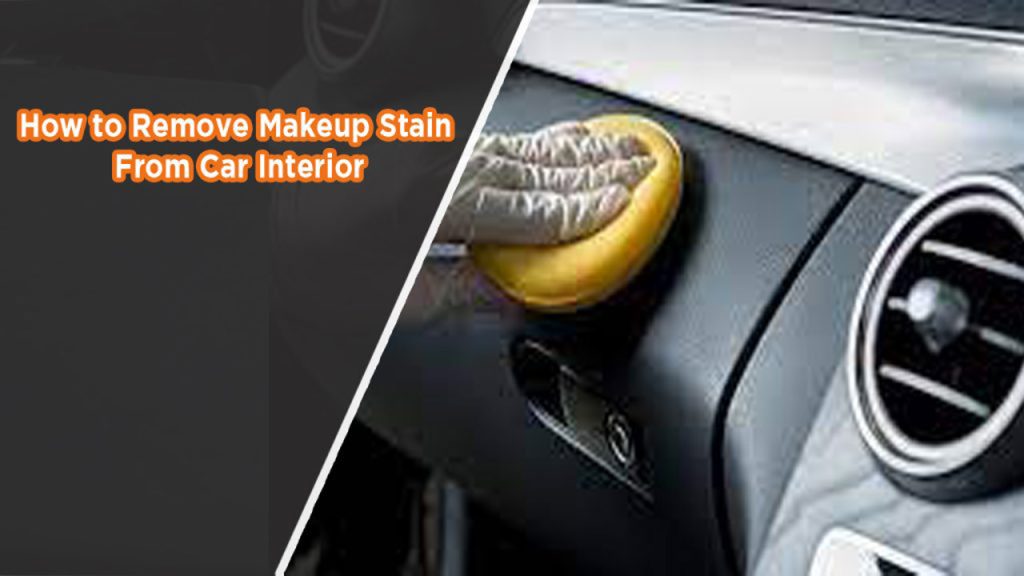As a parent, you’ve probably asked yourself this question more than once: “Do my kids still need to use a car seat?” It’s a common concern, and with so much advice out there, it can feel overwhelming to figure out what’s right for your child. I’ve been there, navigating the world of car seats, boosters, and seat belts while trying to keep my little ones safe.
I’ll walk you through everything you need to know about car seat usage—why it’s important, when it’s necessary, and how to make sure your kids are as safe as possible on the road.

Image by littlesouthernlife
Why Are Car Seats So Important?
Car seats aren’t just a safety accessory; they’re a lifesaver. According to the National Highway Traffic Safety Administration (NHTSA), car seats can reduce the risk of fatal injury by 71% for infants and 54% for toddlers in passenger cars. Those numbers are significant. The proper use of car seats ensures that your child is protected in case of an accident, which, let’s face it, is every parent’s worst nightmare.
Car Seat Laws in the USA
Each state in the U.S. has its own regulations about car seat usage, but most follow general guidelines based on a child’s age, weight, and height. Here’s a quick overview:
| Age Group | Type of Seat Required |
|---|---|
| Infants (0-2 years) | Rear-facing car seat |
| Toddlers (2-4 years) | Forward-facing car seat with a harness |
| Preschoolers (4-7 years) | Booster seat (high-back or backless, depending on the child) |
| Older Children (8+ years) | Seat belt, if they meet height/weight requirements |
Always check your state’s specific requirements, as they might vary slightly.
When Should Kids Transition Out of Car Seats?
The decision to transition your child out of a car seat depends on three main factors: age, height, and weight. Let’s break it down:
Age
While age is a good starting point, it shouldn’t be the only factor you consider. The American Academy of Pediatrics (AAP) recommends that children remain in a rear-facing seat until at least age 2 or until they exceed the seat’s weight or height limits.
Height
Many car seats have height limits, and a child should switch to the next stage once their head is within an inch of the top of the seat.
Weight
Car seats and booster seats come with weight limits, typically listed on the manufacturer’s label. Make sure you check these before transitioning.
Mistakes Parents Make with Car Seats
Let’s be honest—installing and using a car seat correctly can be tricky. Here are some common mistakes and how to avoid them:
Installing the Seat Incorrectly
Make sure the car seat is securely fastened and doesn’t move more than an inch in any direction.
Not Using the Harness Properly
The harness should be snug, with no slack, and the chest clip should be at armpit level.
Skipping the Booster Seat Stage
Many parents move straight from a car seat to a seat belt, but booster seats are crucial for proper seat belt positioning.
Using Expired or Damaged Car Seats
Yes, car seats expire! Always check the expiration date and never use a seat that’s been in an accident.
Transition to Booster Seats
Booster seats are the bridge between car seats and seat belts. They elevate your child so the seat belt fits properly across their shoulder and lap. Without a booster, seat belts can ride up on a child’s neck or stomach, which can be dangerous in a crash.
Types of Booster Seats:
- High-Back Booster: Ideal for cars without headrests or for smaller children.
- Backless Booster: Great for older kids in vehicles with adequate head support.
How to Know Your Child Is Ready for a Seat Belt
A child is ready for a regular seat belt when they meet the following criteria:
- They are at least 4 feet 9 inches tall.
- They can sit with their back against the seat and their knees bending naturally at the edge.
- The lap belt fits snugly across their thighs, not their stomach.
- The shoulder belt lies across their chest and shoulder, not their neck or face.
Even if they meet these requirements, kids under 13 should always sit in the back seat for added safety.
Tips for Making Car Seats Comfortable for Kids
Let’s face it—kids don’t always love their car seats. Here are some tips to keep them comfy and happy:
- Choose the Right Seat: Make sure it’s appropriate for their size and age.
- Add Soft Accessories: Neck pillows or cushioned straps can make a big difference.
- Keep Them Entertained: Bring along books, toys, or snacks for long rides.
- Dress for Comfort: Avoid bulky clothing that can interfere with the harness.
Car Seat Safety Checklist
Here’s a quick checklist to ensure your child’s car seat is safe and properly installed:
- Check the expiration date on the car seat.
- Ensure the seat is securely fastened to the vehicle.
- Adjust the harness so it’s snug and positioned correctly.
- Verify that the seat is appropriate for your child’s age, height, and weight.
- Make sure the car seat or booster seat is installed in the back seat.
Conclusion
So, do your kids still use car seats? If they fall within the recommended age, height, or weight guidelines, the answer should be a resounding yes. Car seats aren’t just a legal requirement—they’re a crucial tool for keeping your children safe.
I know it can sometimes feel like a hassle to keep track of car seat transitions, laws, and installation tips, but trust me, it’s worth it. Taking the time to make sure your child is properly restrained in the car could be the difference between life and death in an accident.
If you’re ever in doubt, consult your car seat manual, check your state’s laws, or reach out to a certified car seat technician. After all, there’s no such thing as being too careful when it comes to your child’s safety.
FAQs
How long should my child stay in a rear-facing car seat?
The AAP recommends keeping your child rear-facing until at least age 2 or until they exceed the car seat’s height and weight limits.
Can I reuse a car seat for my second child?
Yes, but only if it hasn’t expired, been in an accident, or sustained damage.
When can my child stop using a booster seat?
Children can transition to a seat belt when they are at least 4 feet 9 inches tall and meet other fit criteria.
Are car seats mandatory in every state?
Yes, all states have laws requiring car seats or booster seats for children, though specific requirements vary.
How do I know if my car seat is installed correctly?
Check for a tight fit with less than an inch of movement in any direction. You can also have it inspected by a certified car seat technician.


